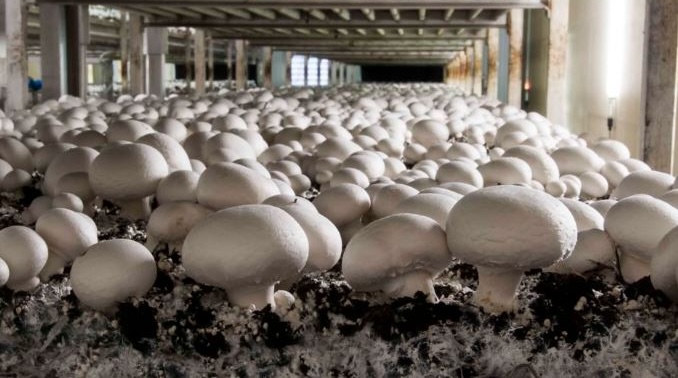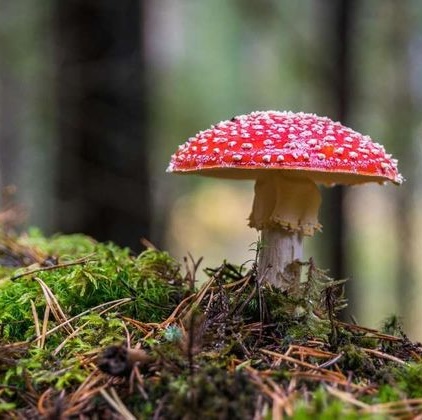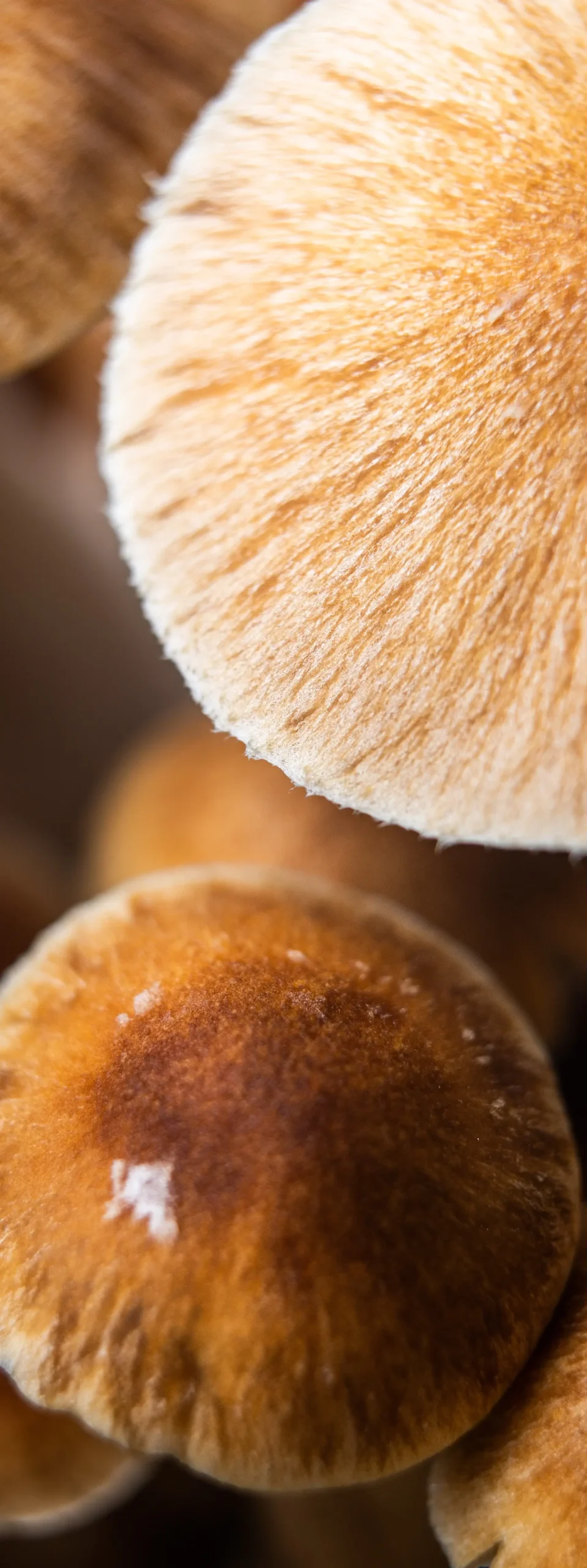Mushroom cultivation is rapidly changing lives across northern India, especially in colder climates. Typically, once the first frost hits each winter, mushroom growth comes to a halt. However, with advancements in mushroom farming techniques, that’s beginning to change. Recently, a report from The Hindu highlighted how farmers in the Kashmir region are cultivating mushrooms even in sub-zero temperatures—something that seemed impossible not too long ago.
Success against the odds: a farmer's tale

Take farmer Nazir Ahmed Dar, for example. This past February, despite the snow, he managed to grow mushrooms by constructing a specialized “mushroom growing unit.” It’s a simple structure, but it shields the produce from the elements. Nazir attributes his success to relentless effort and guidance from experts in the Agriculture Department. As he told The Hindu, “This is the result of my tireless hard work and useful advice from the Agriculture Department experts.”
Adaptability and innovation in mycology
What’s happening here is part of a larger trend. Mycologist Darren Le Baron notes that mushrooms can adapt to extreme climates and thrive, even in places like the Arctic and Antarctica. Over the years, several low-tech but innovative approaches to mushroom farming have emerged, particularly in India. In West Bengal, for instance, mushroom farming has become a vital source of income for many farmers. As Le Baron puts it, “Communities are pioneering new ways of cultivating mushrooms,” and these methods are inspiring others globally.
Overcoming the challenges of cold climate cultivation
One challenge farmers face is that mushrooms grow more slowly in colder temperatures. But even then, mycelium—the root network of mushrooms—continues to develop. To accelerate growth, many farmers are adjusting the temperature inside their growing facilities. Le Baron himself successfully cultivated oyster mushrooms in London’s Somerset House using an unconventional approach. By utilizing coal-holes—small underground spaces typically used for storage—he created custom mini-greenhouses that retained heat and humidity. “It’s not their natural environment,” Le Baron says, “but we were able to get amazing results.”
Advantages of controlled indoor environments
During the winter, most mushrooms retreat underground into their mycelium network, waiting for more favorable conditions. But with controlled indoor environments, this process can be bypassed. In fact, during extreme weather events, like floods, farmers can easily move their mushroom-growing racks to safer locations, ensuring that their crops survive.

A regional movement blossoms in India
India has long embraced mushroom farming, especially since natural disasters like the devastating floods of 1998. After these floods destroyed vast areas of farmland, farmers in Uttar Pradesh found that mushrooms could be grown even in displaced environments. This led to the birth of a regional mushroom cultivation movement, which started with just 20 farmers. Today, over 2,000 farmers are engaged in mushroom farming in the region, with that number rising every month. The impact has been significant, with people from various professions turning to mushroom farming as a reliable source of income.
Empowering education through mushroom farming
Mushroom farming has even enabled some families to afford higher education. Neelofar Jaan, a farmer from Kashmir, was able to support her family after undergoing a government training program on mushroom cultivation. She proudly says, “Today I am self-sufficient. Because of this business, my family’s financial problems don’t exist. We are living a good life.”
Cultural heritage and fungal connection
Interestingly, this innovation might not be entirely new. Across Africa and the Indian subcontinent, some ancient lineages have preserved knowledge about mushroom cultivation, though much of it has been lost over time. Still, those connections to nature seem to persist. As Le Baron remarks, “This is why they are able to initiate or pioneer some of these ingenious ways of cultivating mushrooms, because they have a relationship with them. It gives me the inspiration to go out there and do the work that I do.”
More than just farming: a deeper connection
What we’re seeing here is more than just farming innovation—it’s a deeper connection between people and the fungi they cultivate, and it’s changing lives.





